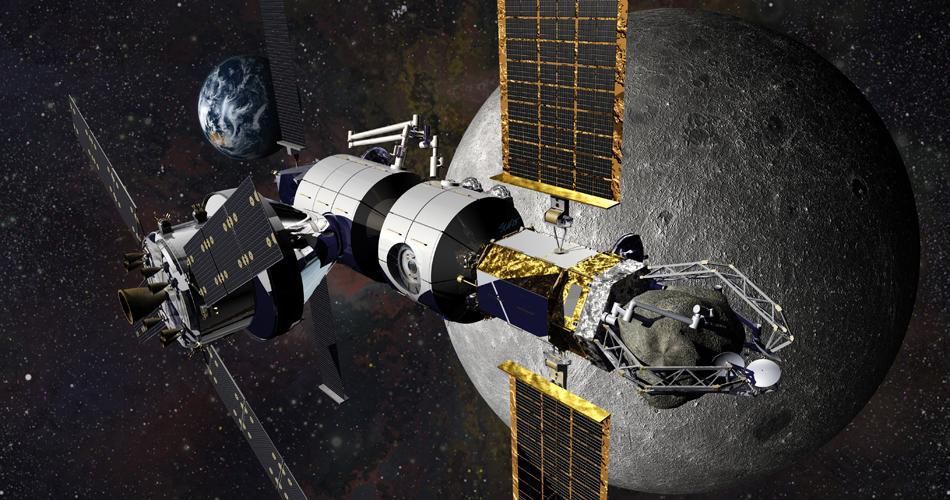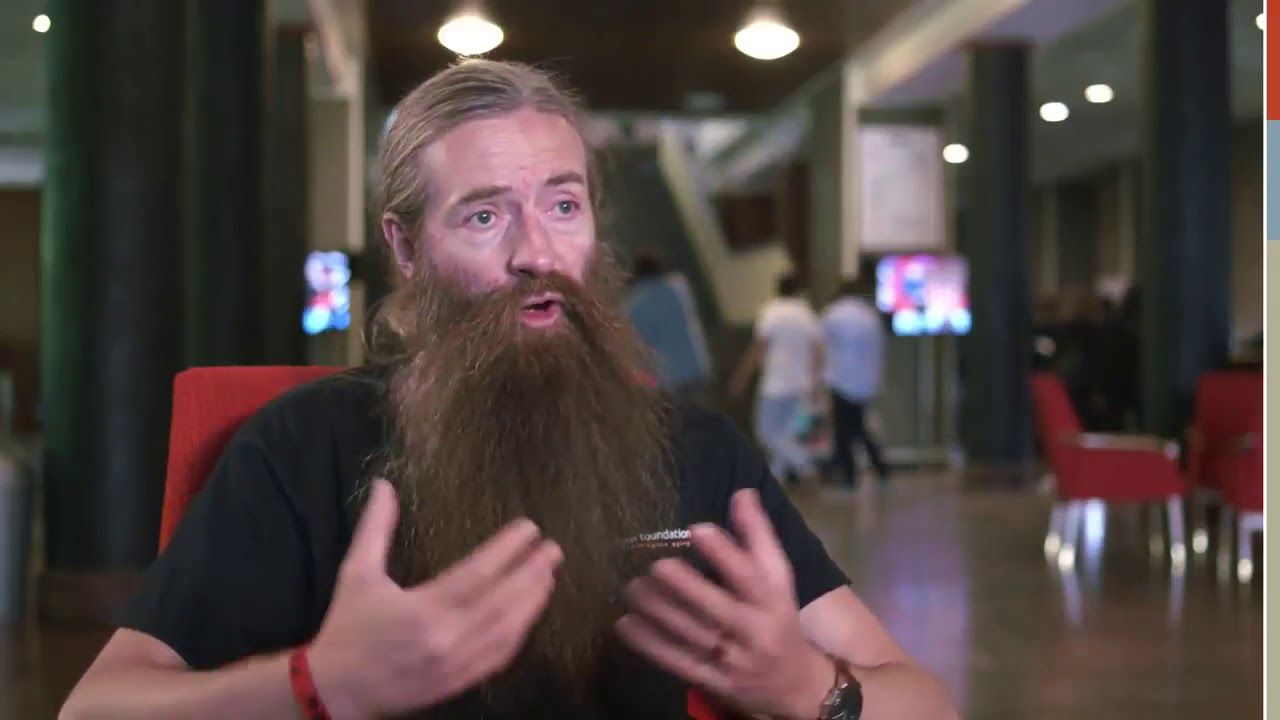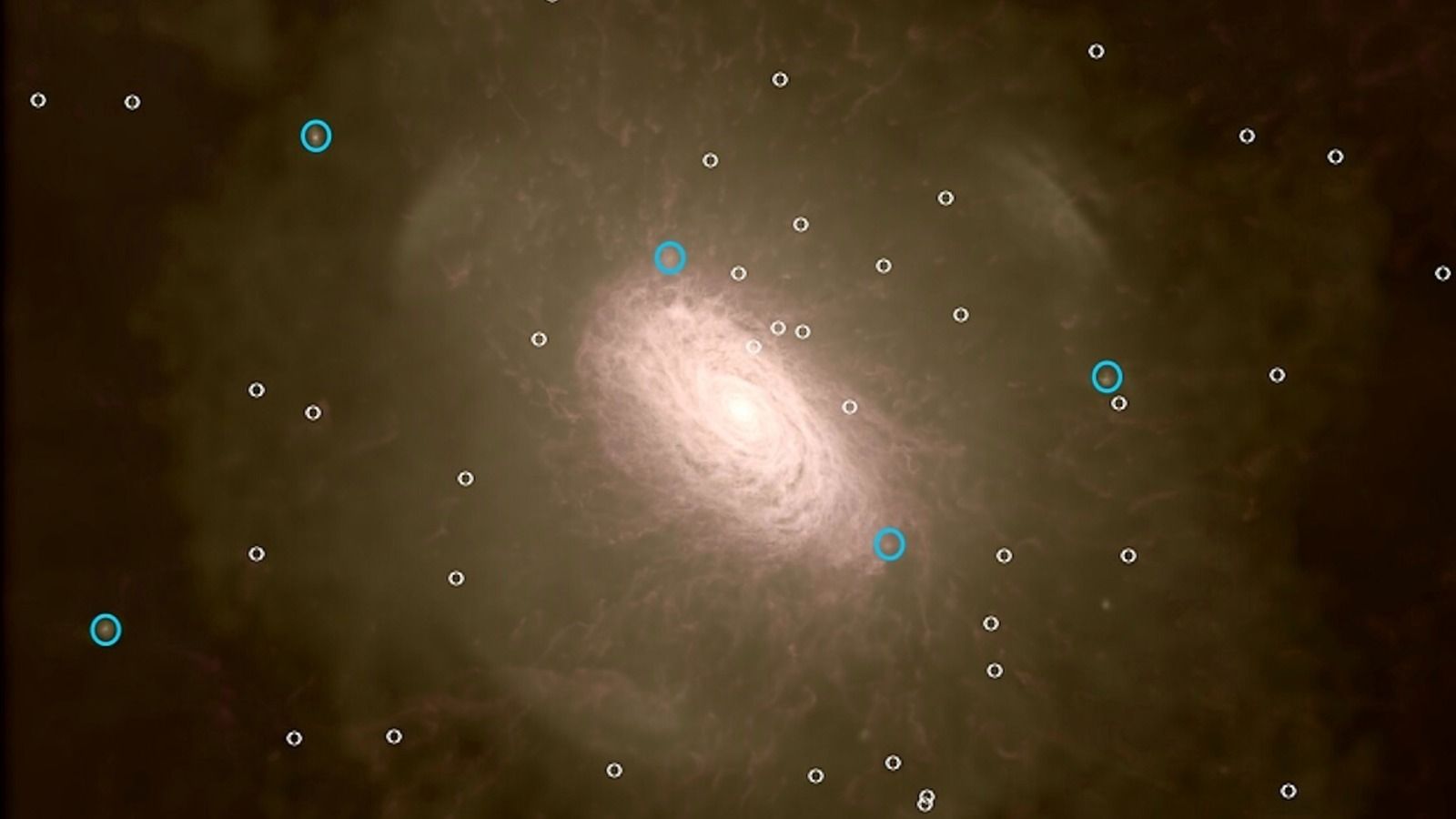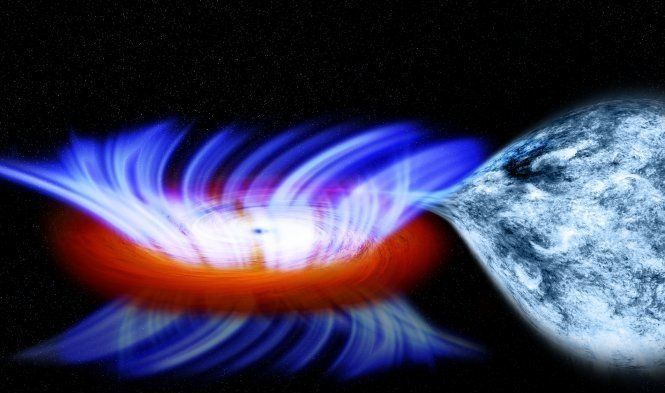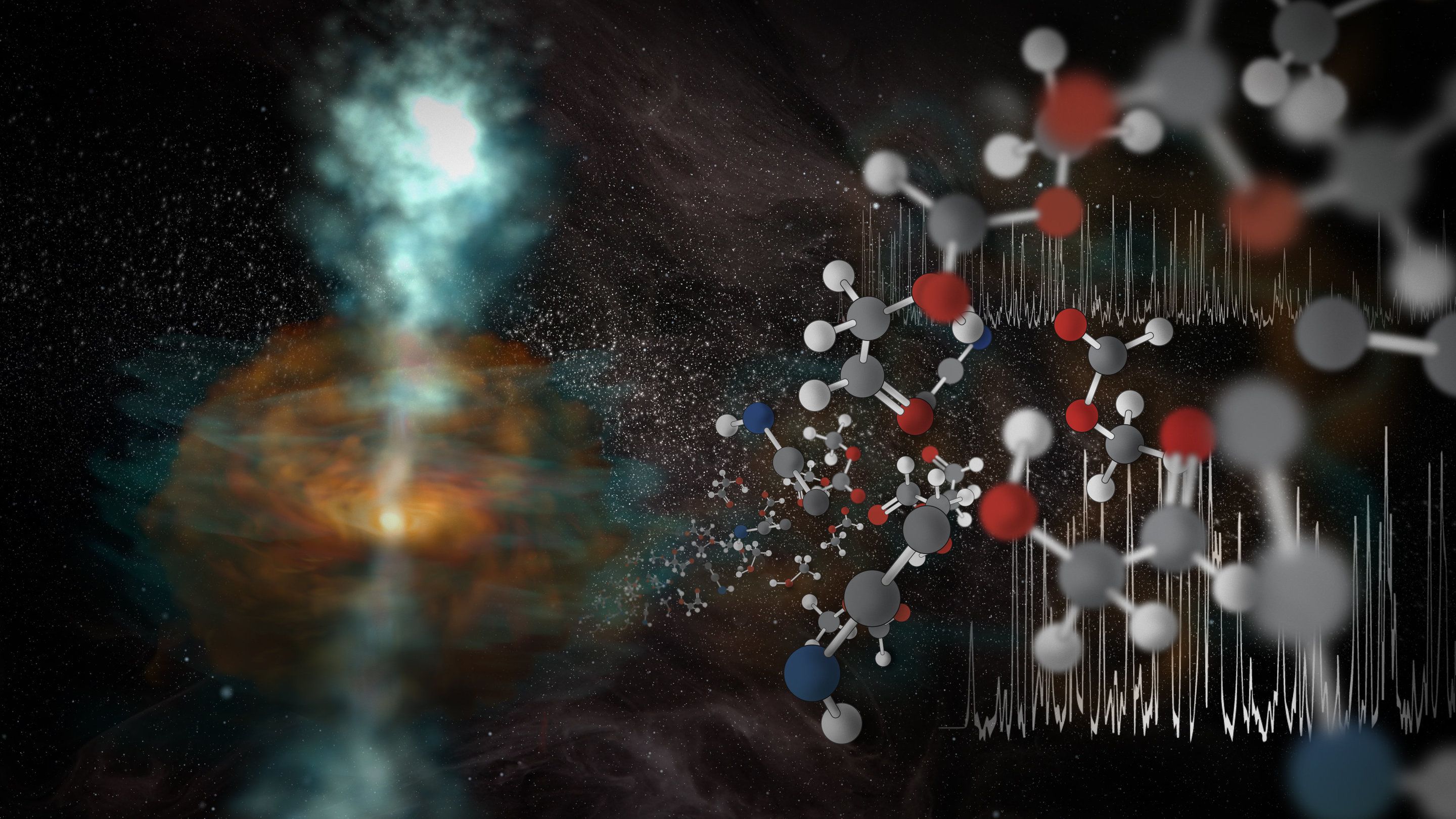Aug 17, 2018
The Dark Secret These Corporations Are Hiding From You
Posted by Michael Dodd in categories: biotech/medical, evolution, food, neuroscience
https://youtube.com/watch?v=spRLUW-O1bk
This is a must watch video. It tells a painful truth of our real world. It is worth the watch. Please pass this video along if you are so inclined.
Excerpt: You live in a world of drug dealers. Only the drugs can be bought legally, and are perfectly priced to prevent you from inquiring into other areas. Your society exhibits a wealth of negative side effects from these drugs. Yet the bulk of your population still continues to use our products, even after they’ve shown themselves to be harmful. You live in a population that continues to grow more restless, agitated, and depressed, in part from eating our goodies and treats. Treats that are called “superstimuli” as the stimulus it produces inside your brain vastly exceeds the natural stimuli humans received throughout evolution, from natural foods.
Continue reading “The Dark Secret These Corporations Are Hiding From You” »

